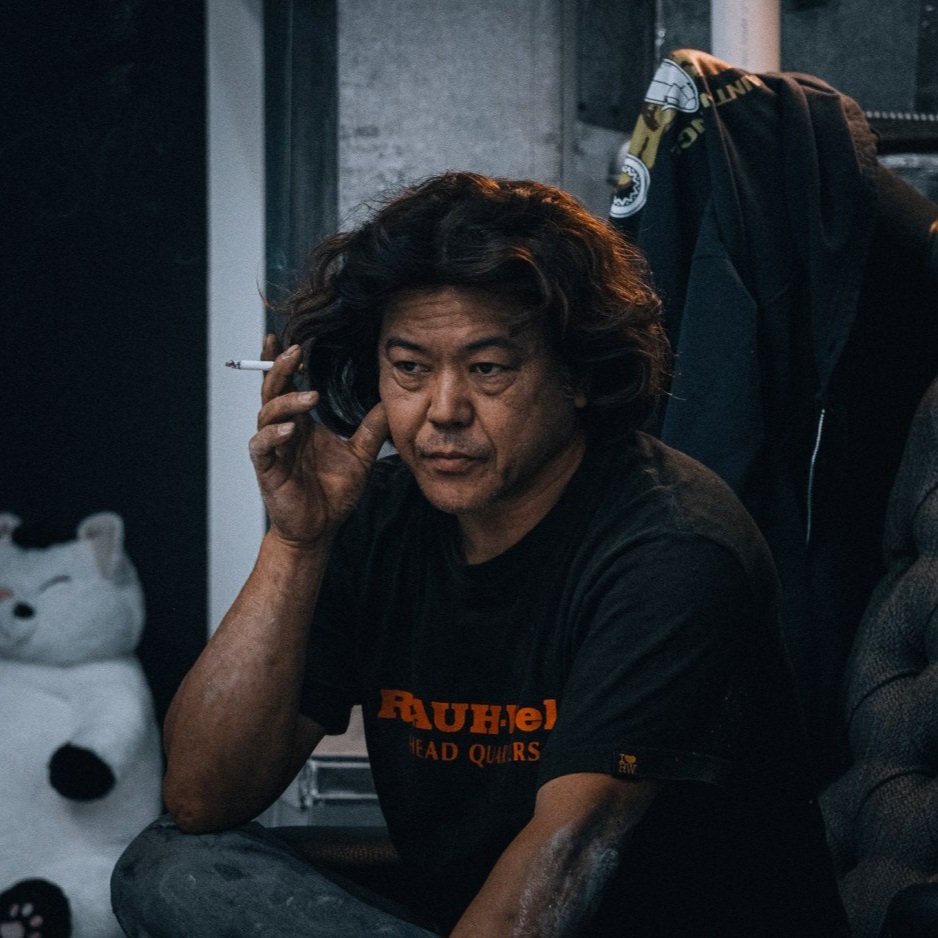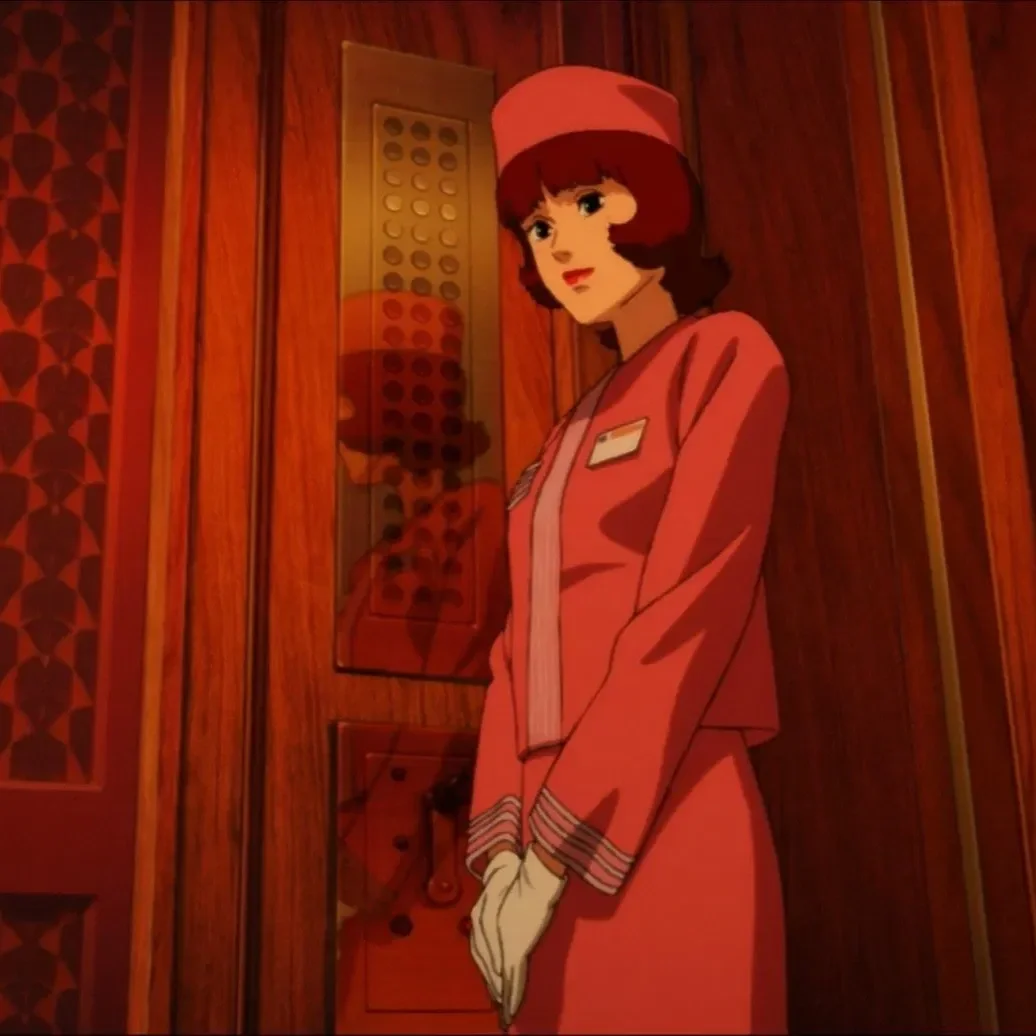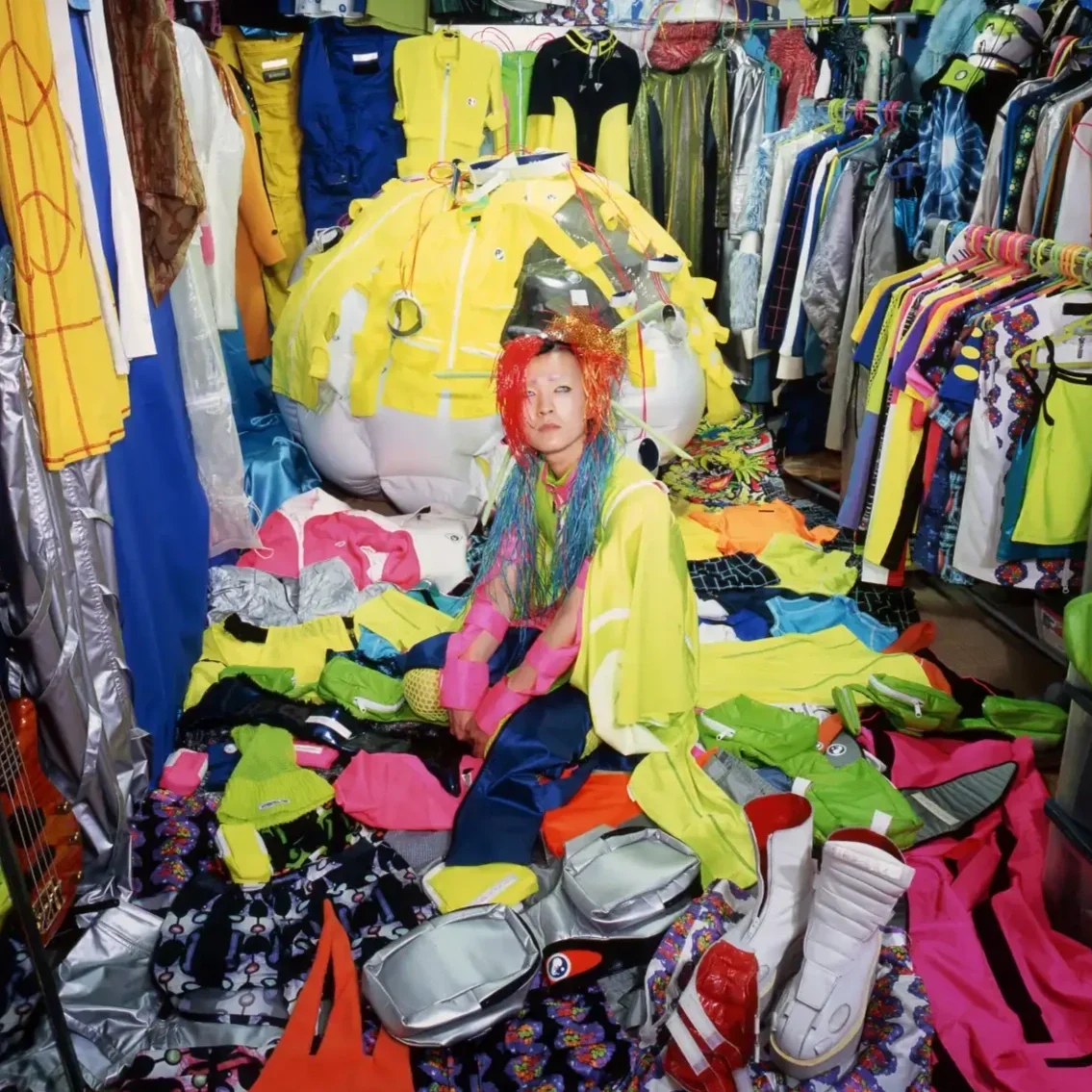Katatsumori - Naomi Kawase’s Intimate Ode to her Great-Aunt
Still from Katatsumori│© Naomi Kawase
Katatsumori is a 1994 short documentary film by Japanese director Naomi Kawase. The film, which runs for 40 minutes, is a deeply personal and intimate portrayal of Kawase’s relationship with her great-aunt, Uno Kawase, who raised her after her parents separated.
This documentary is one of Kawase’s earlier works and sets the tone for much of her later filmography, which often explores themes of memory, family, and the passage of time through a meditative and observational style. Katatsumori is not only a tribute to the woman who shaped Kawase’s life but also an exploration of the intricate connections between the filmmaker and her subject.
The Thrill of Everyday Life
Instead of following a clear storyline, Kawase constructs the film through a series of vignettes that capture the everyday life of Uno Kawase. The film is less concerned with chronological events and more focused on the emotions and experiences that define the relationship between Kawase and her great-aunt.
The central theme of the film is the concept of “home” and what it means to belong. For Kawase, her great-aunt represents stability and continuity in a life marked by absence and abandonment. The film delves into the notion of “home” as a fluid and evolving concept, shaped by relationships and memories rather than physical spaces. Through her interactions with Uno, Kawase explores the idea that home is not just a place but a feeling, one that can be found in the presence of a loved one.
Another significant theme in the film is the passage of time. Kawase’s observational style allows the viewer to experience the slow, deliberate pace of life in the Japanese countryside, where Uno lives. The camera lingers on simple, everyday activities—such as Uno tending to her garden or preparing food—emphasizing the quiet beauty of these moments. This focus on the mundane highlights the impermanence of life and the inevitability of aging and death, themes that are prevalent throughout Kawase’s work.
Capturing Intimacy
Kawase’s visual style in Katatsumori is characterized by a deep sense of intimacy and closeness. The camera work is handheld and often shaky, creating a feeling of immediacy and personal connection. Kawase herself is frequently present behind the camera, her breathing and movements subtly captured in the audio, which further blurs the line between the filmmaker and her subject. This approach reflects Kawase’s belief in the importance of capturing life as it is, without imposing an artificial structure or distance between the observer and the observed.
Kawase uses natural lighting and minimalistic settings to create a raw and unfiltered portrayal of her great-aunt’s life. The use of close-ups is particularly effective in conveying the emotional depth of the relationship between Kawase and Uno. The camera often focuses on the small, intricate details of everyday life—a hand brushing against a leaf, the texture of soil in the garden, the wrinkles on Uno’s face—allowing the viewer to experience the world through Kawase’s eyes.
The sound design of Katatsumori is equally minimalistic, with natural sounds like the rustling of leaves, the chirping of insects, and the ambient noises of the countryside playing a significant role in creating the film’s atmosphere. The film contains minimal dialogue, and when it does, it often features Uno’s soft-spoken voice, offering reflective remarks or thoughtful memories from the time Naomi was a child.
Still from Katatsumori│© Naomi Kawase
Accepting the Passage of Time
The relationship between Kawase and her great-aunt is depicted with a tenderness and sensitivity that is rare in cinema. The film captures the nuances of their bond—the unspoken understanding, the shared memories, and the quiet moments of connection that define their relationship.
One of the most poignant aspects of the film is its exploration of the inevitability of loss. As Kawase observes her great-aunt’s daily life, there is a palpable awareness of the passage of time and the fragility of life. This awareness is not presented in a sentimental or melancholic way but rather as a natural part of the human experience.
The film’s impact lies in its ability to evoke a sense of nostalgia and reflection in the viewer. Katatsumori encourages the audience to consider their own relationships and the passage of time in their lives. The film’s slow pace and contemplative style create a space for introspection, allowing you to connect with the emotions and experiences captured on screen.
Still from Katatsumori│© Naomi Kawase
Cultural Context
Katatsumori can be seen as part of a broader trend in Japanese cinema that emphasizes the exploration of personal and familial relationships. This trend, which is often associated with the work of directors such as Yasujiro Ozu and Hirokazu Kore-eda, focuses on the subtleties of human interaction and the complexities of family dynamics. Kawase’s work, however, stands out for its autobiographical approach and its emphasis on the role of memory and personal history in shaping identity.
The film also reflects a growing interest in documentary filmmaking in Japan during the 1990s, a period marked by a shift towards more personal and introspective forms of storytelling. Kawase’s decision to document her relationship with her great-aunt can be seen as part of this movement towards a more subjective and self-reflective style of documentary filmmaking.
Katatsumori is a powerful and moving film that offers a glimpse into the life of a woman who played a central role in shaping Naomi Kawase’s identity. Through its intimate portrayal of Kawase’s relationship with her great-aunt, the film explores themes of home, memory, and the passage of time with a sensitivity and depth that is characteristic of Kawase’s work. The film’s minimalist style and focus on everyday moments create a sense of intimacy and emotional resonance that lingers with the viewer long after the film has ended.
Kawase’s ability to capture the beauty and complexity of human relationships through subtle and understated filmmaking makes Katatsumori a significant work in her oeuvre and a compelling example of personal documentary filmmaking. The film not only serves as a tribute to Uno Kawase but also as a meditation on the nature of love, family, and the impermanence of life, themes that continue to resonate in Kawase’s later works.










Ryuichi Sakamoto’s last concert film directed by his son.